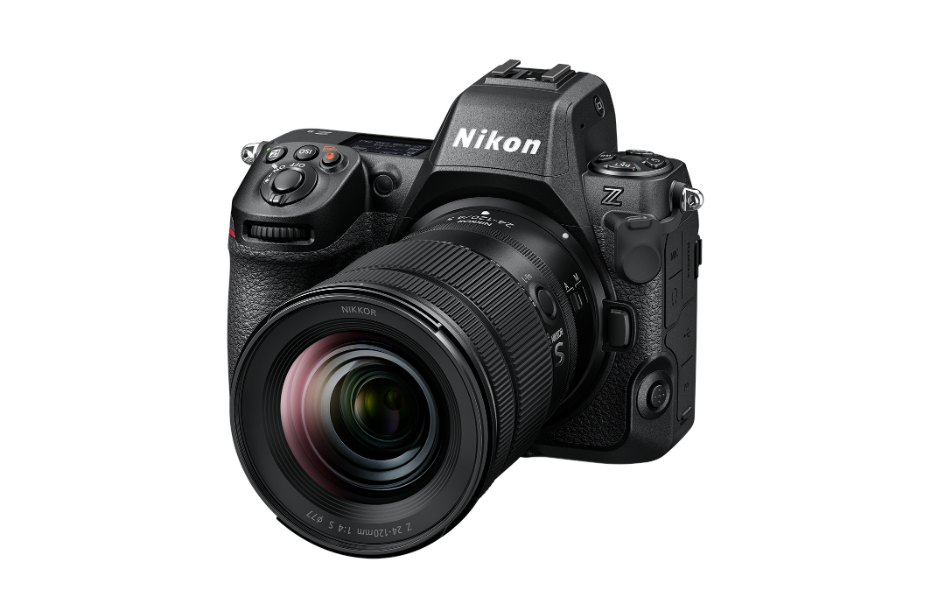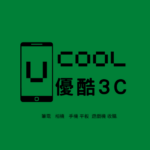Canon 回收相機收購,二手收購,收購相機,全新相機,二手相機 收購5D Mark IV,收購EOS-1D X Mark II,收購EOS M3/M10 收購canon canon 5Ds/5Ds R,,5D Mark III/6D II,7D Mark II 70D/80D,750D/760D,700D/100D 收購FUJIFILM 相機,全系列FUJIFILM 收購二手Nikon 相機,Nikon二手收購,全新Nikong買賣 D3400收購 Nikon 1 j5收購 D750 Df/D810/D610,D5/D4S,D500,D7200/D7500,D5500/D5300 OLYM
Fujifilm X-T10 review 回收相機
回收相機
Last year, 回收相機fujifilm introduced the X-T1, a tremendous camera that was designed from the ground up to appeal to serious photographers. It had great image quality, great ergonomics, and a class-leading viewfinder. It easily became my favorite camera of the year. But for all that the X-T1 offered, it was expensive and big. Neither of those things deterred serious photographers from plunking down the money and putting the X-T1 into their gear bags, but what if you’re a more casual photographer that wants a lot of what the X-T1 offers without the investment or bulk?
That’s where this year’s X-T10 comes in. It’s essentially a shrunken down version of the X-T1 that costs less yet preserves a lot of what makes the X-T1 great. The X-T1 was so loved by myself and many other enthusiast (and even some pro) photographers because of its great shooting experience. Like many of 回收相機fujifilm’s recent cameras, it rewards you for taking control, manually adjusting settings, pushing its buttons, flipping its switches, and toggling its dials. That kind of control is what makes the process of photography fun, and the X-T1 paid back those that took advantage of its copious buttons and switches with fast performance and excellent image quality.
In order to really be an appropriate alternative to the X-T1, the X-T10 needs to provide a similar level of control and experience. On paper, it has the right mix: it has the same image sensor and processor; a similar design with many of the same controls; and an excellent, albeit smaller, electronic viewfinder. It’s significantly smaller than the X-T1, however, and perhaps most importantly, the X-T10 is considerably less expensive: at $799.99 for the body or $1,099.99 with an 18-55mm kit lens, it’s up to $600 cheaper than the X-T1 was when it debuted.
I’ve been shooting with one for the past few weeks, using it as my go-to camera for everything work related as well as for my own personal photography. I’ve used it for shooting all kinds of gadgets, in both controlled situations and on the fly, and it’s turned out to be a really impressive camera that holds its own against the much more expensive X-T1.

Everything about the X-T10 is smaller than the X-T1, which makes it easier to slip into a bag or sling over your shoulder. The downside is that it can feel more cramped when shooting — the grip isn’t nearly as comfortable, for example, and you have to be really conscious of where you place your right thumb so as not to accidentally trigger a button or switch. The viewfinder and LCD are smaller than they are on the X-T1, and if I’m being honest, not as impressive or engulfing. But they are still really good, and I didn’t miss any shots or feel like I was missing out on the X-T1’s larger porthole when using the X-T10. The viewfinder is sharp and bright, and large enough for the vast majority of people that aren’t going to compare it side by side with its larger sibling.
回收相機fujifilm also simplified some of the controls on the X-T10. The metering switch below the shutter speed dial is gone, and the dedicated ISO dial on the left has been replaced with a drive dial. The front function button has also been integrated into the front command dial, which is a smart way to make use of the limited space on the X-T10. But while some of the controls have changed, the important ones remain: the X-T10 provides quick access to shutter speeds, apertures, exposure compensation, and a variety of other parameters such as ISO, autofocus modes, and white balance through its seven customizable function buttons. Owners of the X-T1 and anyone that prefers a more manual style of shooting will feel at home very quickly on the X-T10.
The new full auto mode will appeal to novice photographers
There are a couple additions here to appeal to more novice photographers as well. A simple auto switch will instantly put the camera into a point-and-shoot mode, regardless of what the other controls are set to. And there’s now a built-in pop-up flash for basic fill lighting. (Advanced photographers will appreciate the built-in flash’s ability to trigger other remote flashes using its commander mode.) But for the most part, the X-T10 has a similar shooting experience as the X-T1 and is just as fun to use.

The X-T10 also performs just as well as the X-T1. Since it has the same 16-megapixel APS-C CMOS image sensor and processor, picture quality between the two cameras is nigh indistinguishable. I have no qualms shooting the 回收相機fujifilm cameras up to ISO 6400, as noise reduction is limited, and the high-ISO images have a nice, film-like grain to them. Color reproduction is very pleasing and natural, even in tricky lighting conditions. 回收相機fujifilm has long been praised for its in-camera JPEG processing, and the X-T10 is no different. (Really, just read any of my reviews of 回收相機fujifilm cameras over the past few years and you’ll see what I’m talking about.) There are a number of different “film simulations” on tap as well, which provide different moods and looks for your images right out of the camera.
The X-T10 debuts a new, more capable autofocus system for 回收相機fujifilm (the X-T1 recently received this new system via a firmware update). It’s faster, has more tracking points, and includes modern capabilities such fast face detection and eye detection. In practice, it’s by far the best autofocus system 回收相機fujifilm has ever had, as it’s quick and reliable in most lighting conditions. It still won’t keep up with a larger DSLR, but the frustrating autofocus experience that used to plague 回收相機fujifilm cameras is finally a thing of the past.
The frustrating autofocus that used to plague 回收相機fujifilm cameras is a thing of the past
Video is an area where 回收相機fujifilm still has a lot of catching up to do, and the X-T10’s basic video capabilities pale in comparison to what you can get with Sony, Samsung, or Panasonic mirrorless cameras. It can do 1080p at a handful of different frame rates, but the video quality isn’t as detailed or pleasing to watch as what other cameras produce. It’s clear that 回收相機fujifilm is building its cameras for still photography first and video capability second, which is something to keep in mind if you’re looking to buy one.
The X-T10 lacks a touchscreen, but has built-in Wi-Fi, which lets you remotely control the camera or transfer images to your iPhone or Android phone on the go. The rechargeable battery is good for 350 shots between charges (there’s no USB charging here, sadly), and the body is made of metal with grippy rubber patches covering it. It lacks the weather sealing of the X-T1, but most people won’t miss that and it’s only beneficial if the lens attached is also waterproof, which not all of 回收相機fujifilm’s lenses are.
As I’ve been using the X-T10 for the past few weeks, I’ve had a hard time coming up with reasons to purchase the X-T1 over it. The X-T10 is just as fast, takes just as good photos, and is just as fun to use at a price that’s hundreds of dollars less. It also has the same access to 回收相機fujifilm’s excellent lineup of X Series lenses, including gems such as the 23mm f/1.4 and 35mm f/1.4, which are bright, sharp, and just a blast to shoot with. Don’t sleep on 回收相機fujifilm’s 18-55mm kit lens either, which is nicer and brighter than virtually any other kit lens you can buy. You can opt to buy the X-T10 with a slower 16-50mm lens for $899.99, but I wouldn’t recommend it — just pony up for the better 18-55, you won’t regret it.
There are a ton of affordable mirrorless cameras available that are compact, take great photos, and are easy to use. But few cameras in this range can match the X-T10’s fun factor and, dare I say it, engagement level — there’s just something wonderful about having a ton of controls at your fingertips without having to dive into arcane menus on a screen. Pushing buttons and turning dials may not sound like much, but when you are able to produce stunning images and capture priceless memories with something that you’ve controlled, the satisfaction of a job well done is that much greater. It’s a dangerous drug — and the core of why so many photographers love their gear, no matter what it is — but it’s exactly why camera enthusiasts go nuts over cameras like the X-T10. Simply put, 回收相機fujifilm’s cameras do a better job of combining that great shooting experience with amazing image quality better than any others in their class.
Few cameras can match the X-T10’s combination of fun and performance
I’ve mentioned the word “fun” a lot in this review, and I think it’s an apt description for the X-T10. Photography can be Really Serious, but it can also be a ton of fun and provide lots of enjoyment. Part of that fun is the tools you use to get the job done, and of all the cameras I’ve shot with, few are as fun as the X-T10. And the fact that all of this is available in a camera that doesn’t require a pro photography budget is all the more impressive.
Sean O’Kane contributed photography to this review.

 (圖/翻攝Nikon官網)
(圖/翻攝Nikon官網)
EISA 歐洲影音協會評選 2023-24 年度「攝影器材大獎」得獎名單正式出爐!壓軸的「年度最佳相機」由 Nikon 蟬聯二連霸,繼去年 Z9 獲獎之後,今年再度以有「迷你 Z9」之稱的 Z8 奪得獎項。
於得獎的評論 ESIA 指出 Nikon Z8 是一款強悍的混合式相機,擁有大多數 Z9 的功能卻塞進更小巧的機身之中,搭載 4570 萬畫素的全片幅感光元件,強調 HLG (HEIF) 、10-bit、125 分鐘的 4K UHD/60p 等錄影功能。七月份在日本 5 大知名實體通路,Z8 都是最熱賣的相機第一名,消費者十分埋單。
Canon 則以 EOS R6 與 R8 分別搶下最佳「最佳全片幅相機」以及「最值得入手(Best Buy)相機」兩大獎項。Sony 同樣摘兩席,以 A7R V 獲得「最佳進階全片幅相機」,全新系列的 ZV-E1 被選為「最佳內容創作相機獎」,此外,旗下的 FE 20-70mm F4 G 則是「年度最佳鏡頭」。
富士的 回收相機fujifilm X-H2 被選為「最佳 APS-C 相機」,Panasonic Lumix S5IIX 則在動態畫面被肯定,被選為年度「最佳錄影相機」。
完整得獎名單可以參考 EISA 網站。
回收相機 回收相機
